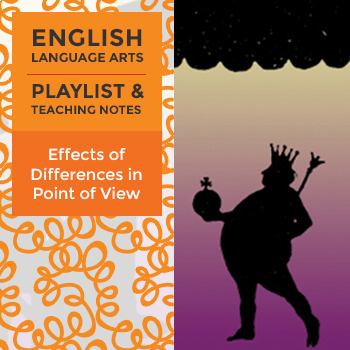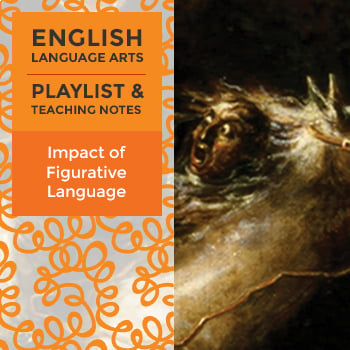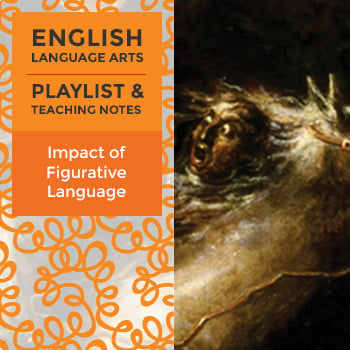About This Lesson
In certain narratives, a reader is allowed to know more than the characters in the story. For example, a reader could know that a villain is hiding behind a door while the protagonist does not. The reader experiences a feeling of suspense as the unknowing protagonist reaches for the doorknob. Authors choose to write scenes like this so that the point of view of the character in the scene is different from the point of view of the reader. This means that the reader’s understanding of what is happening is different from the character’s understanding of the same situation. When a writer chooses to create differences between the point of view of the reader and that of the characters, he or she withholds information from either the reader or the characters. Often, this difference in information can have a suspenseful or humorous effect.
In this playlist, students will learn how to:
- Determine the point of view of the narrator, the reader, and the characters in a passage.
- Analyze how the differences between the point of view of a reader and the point of view of a character can create effects like humor or suspense.













